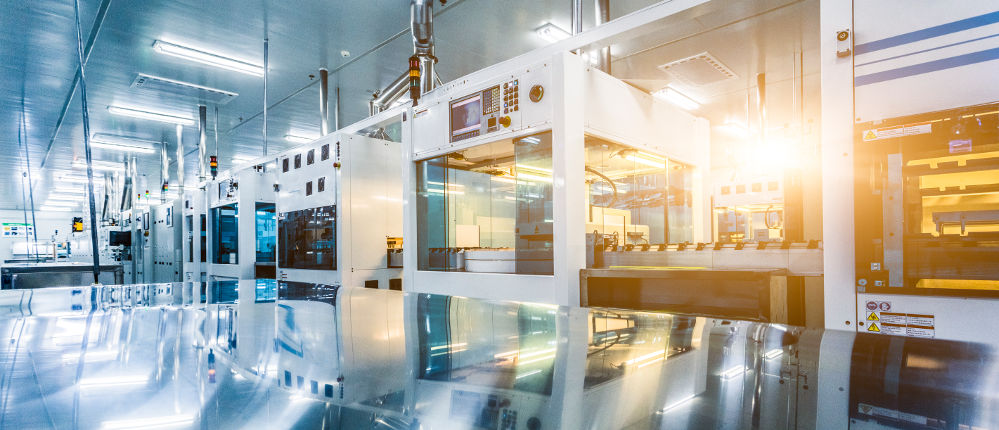Industrial Product Servitization Via the IIoT
Now there’s a ten-dollar word for you: “servitization.” It has emerged from the trend of industrialized societies to move away from manufacturing-based economies towards service-based economies. Applying this trend to products, the term “servitization” was popularized by Tim Baines at Aston Business School, who sees a “product as a platform for delivering services.” IBM shifts its focus from selling computers to selling business services. Rolls Royce sells propulsion instead of jet engines. Alstom ties its railroad maintenance contracts not to reduced equipment failures, but to fewer “lost customer hours.” These are just a few examples of servitization—a transition from selling products to selling services.
In a recent article, Servitization for Industrial Products, Ralph Rio at ARC Advisory Group shows how the trend of servitization is now impacting the factory floor itself. As production machinery grows increasingly sophisticated, plant managers find their staff less able to maintain and repair it by themselves. They need more services from vendors. Machine builders and OEMs are providing more training, more extensive maintenance contracts, and better condition monitoring of the equipment they supply. “Services have become an inseparable component of the product,” Rio says.
Benefits
The benefits are significant. Predictive maintenance offered as a service means reduced stoppages due to equipment failure, and fewer but more efficient service calls when problems do arise. A growing trend is to provide condition monitoring services, which guide operators to run their machinery more effectively, increasing the lifespan of the equipment and improving output and product quality.
To be most effective, condition monitoring needs to run 24/7 in real time, ideally via a connection to the equipment vendor or supplier. Thus, the Industrial IoT is the logical choice for data communication. “To implement servitization, suppliers will need to adopt Industrial IoT for condition monitoring,” Rio predicts.
Two-way street
As we see it, this level of service works best as a two-way street. Data related to the condition of the machine flows to the supplier, while guidance and adjustments coming from the supplier can flow back the plant staff and equipment. This kind of feedback is invaluable for optimizing machine performance. A one-way IoT model that simply collects data for off-line analysis may not be adequate for many use cases. Technically more sophisticated, bidirectional data flow is useful in many condition monitoring scenarios, and thus has always been an option for Skkynet customers.
If the lessons of the past few decades are any indicator, the servitization trend will continue to grow, both among industrialized and emerging nations. And the Industrial IoT will almost certainly play an important role in providing data communications. As long as those communications are robust and secure, we can expect to see more and more IoT-based industrial product servitization, even though that term itself may never become a household word.



